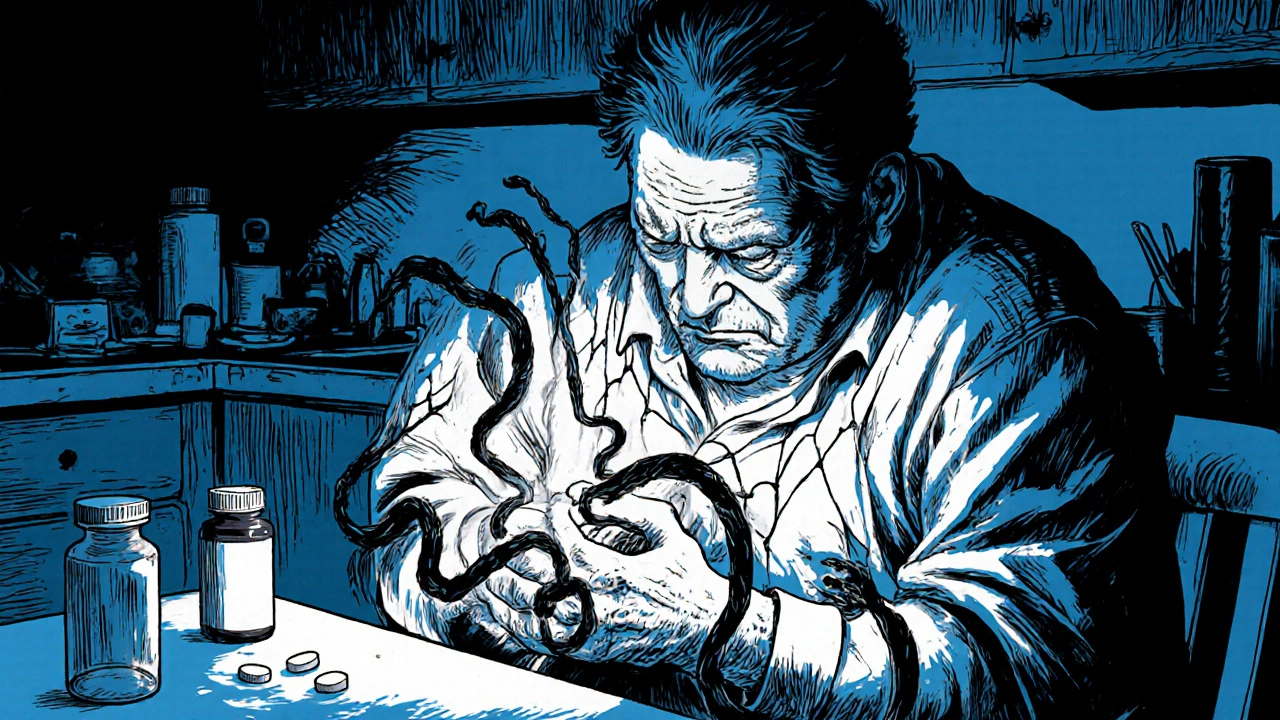Statin Intolerance
When dealing with statin intolerance, the inability to continue statin therapy because of side effects, especially muscle‑related issues. Also known as statin‑associated muscle symptoms, it often shows up as muscle pain, ache, stiffness or cramps that start after a statin dose or as myopathy, a more serious inflammation of muscle fibers that can raise creatine kinase levels. The condition statin intolerance encompasses these symptoms, influences medication adherence, and pushes clinicians to consider alternative lipid therapy, non‑statin drugs or lifestyle changes that still lower cholesterol. In short, the link between cholesterol, the primary target of statins, and muscle health creates a treatment dilemma many patients face.
Key considerations for managing statin intolerance
First, confirm that the symptoms truly stem from a statin. A careful history, timing of pain relative to dose, and a brief drug holiday can help separate statin‑related complaints from other causes like exercise or thyroid issues. Laboratory tests for creatine kinase (CK) give an objective measure: a CK rise above five‑times the upper limit often points to myopathy, while mild elevations may just reflect normal muscle strain. Once you’ve linked the discomfort to the statin, the next step is to adjust the regimen. Options include lowering the dose, switching to a less lipophilic statin (for example, pravastatin or rosuvastatin), or using intermittent dosing (every other day). Each adjustment aims to retain cholesterol‑lowering benefits while reducing muscle irritation.
If dose tweaks aren’t enough, move to non‑statin lipid‑lowering agents. Ezetimibe blocks cholesterol absorption in the intestine and can cut LDL by 15‑20 % on its own; combined with a low‑dose statin it often achieves target levels without provoking muscle pain. PCSK9 inhibitors (evolocumab, alirocumab) are injectable antibodies that can lower LDL by up to 60 % and are especially useful for patients with high cardiovascular risk who can’t tolerate any statin. Bile‑acid sequestrants and niacin are older alternatives but come with their own side‑effect profiles. Lifestyle measures—dietary changes, regular aerobic exercise, weight control—remain the foundation and can offset the need for higher drug doses.
Monitoring and patient education are critical. Explain that most muscle symptoms appear within weeks of starting a statin and that a short break can confirm causality. Encourage patients to keep a symptom diary, noting timing, intensity, and activities. Regular follow‑up labs for lipid panels and CK help track progress and catch any worsening. By treating statin intolerance as a manageable condition rather than a dead‑end, clinicians can keep patients on effective cholesterol‑lowering strategies while minimizing discomfort.
Below you’ll find detailed articles covering everything from warning signs to alternative therapies, so you can find the right approach for your situation.

Alternate-Day Statin Dosing: Reducing Side Effects & Maximizing LDL‑C Reduction
Explore how alternate‑day statin dosing cuts muscle side effects while still delivering strong LDL‑C drops, with practical tips, evidence, and cost considerations.




